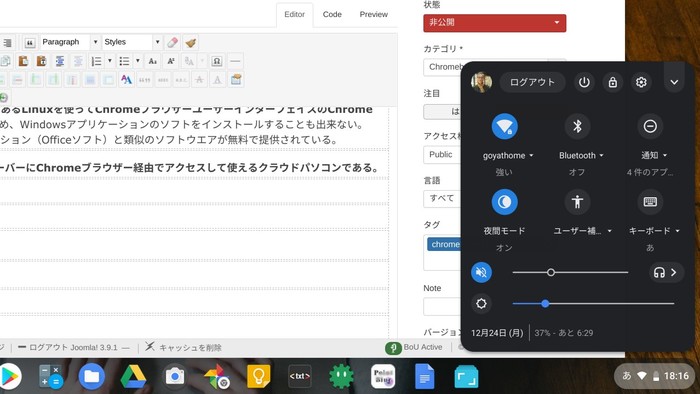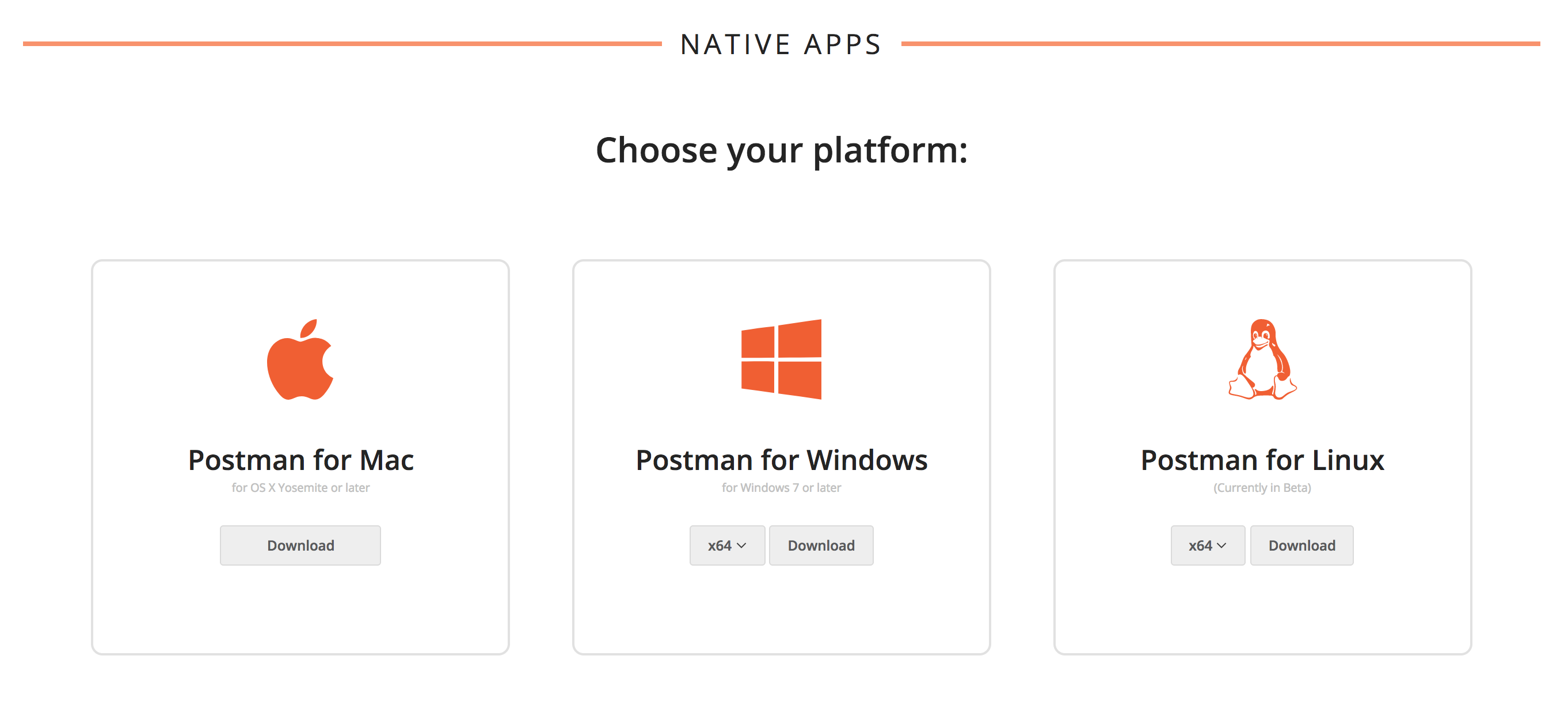

$ http POST /resource/1 key='some value' parameter2:=2 parameter3:=false parameter4:='' POST with a file as the body The = is for strings and := indicates raw JSON. Use -form to indicate Content-Type: application/x-key1='some value' key2='some other value' POST with JSON body HTTPie assumes JSON as the default content type. The documentation seems pretty thorough so I’ll just cover the same examples as with cURL above.
#Postman for chrome os mac os x
According to the Github page “Its goal is to make CLI interaction with web services as human-friendly as possible.” This is accomplished with “simple and natural syntax” and “colorized responses.” It supports Linux, Mac OS X and Windows, JSON, uploads and custom headers among other things. HTTPie is a python based command line tool similar to cURL in usage. The next command line tool solves that problem. One major drawback of cURL is that the response is displayed unformatted. $ curl -H 'Content-Type: application/json' -d This is not the same as a “file upload.” It just tells cURL to use the contents of a file as the request body. Instead of adding the data directly to the command line you can instruct cURL to upload a file as the body. The previous example can get unwieldy quickly as the size of your request body grows. $ curl -H 'Content-Type: application/json' -d '' POST with a file as the body This cURL command sends JSON in the body by using -H 'Content-Type: application/json' to set the appropriate HTTP header. Many APIs expect data formatted in JSON or XML instead of encoded key=value pairs. The following submits data the same as if a web form were used (default Content-Type: application/x-$ curl -d "key1=some value&key2=some other value" POST with JSON body Much more useful is making POST requests. These tutorials provide some easy to follow examples and the man page has all the gory details. cURL can make just about any request, assuming you can figure out how. As a command line tool some developers will balk at using it, but cURL’s simplicity and portability (nix, pc, mac) make it an appealing tool. The venerable cURL is possibly the most flexable while at the same time being the least usable. They both offer built in consoles that provide network information like headers and cookies.


Chrome also has a version of JSONview and for XML there’s XML Tree.

To see the response headers LiveHTTP Headers will do the trick. To see similarly formatted JSON there is an extension called JSONView. Firefox users already get nicely formatted XML. Some browsers don’t necessarily present the response in a format easily readable by humans. At our developer portal we embed sample URLs in our documentation were possible to make seeing examples super easy for developers. Yes a web browser can be a tool for experimenting with APIs, so long as the API request only requires basic GET operations with query string parameters. See the response, possibly formatted for easier reading.Define HTTP headers, cookies and body data in the request.Make requests other than GET, like POST, PUT, and DELETE.Each one has its advantages and all do some combination of the following:
#Postman for chrome os how to
In it I introduce the tools and briefly explain how to use them. This post is a survey covering several tools for interacting with HTTP based APIs. With the recent release of the Converstations API Inspector, an inhouse web app built to help developers use our Conversations API, it seemed like the perfect time to survey tools that make using APIs easier. The right tool can save you time and frustration. As a result I am keenly aware of the importance of good tools and of using the right tool for the right job. As a developer I’ve used a variety of APIs and as a Developer Advocate at Bazaarvoice I help developers use our APIs.


 0 kommentar(er)
0 kommentar(er)
